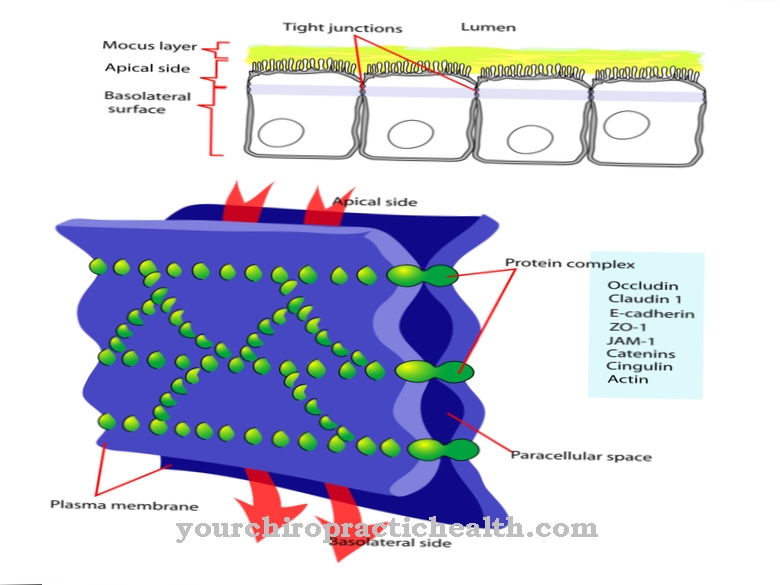As cocoa is usually the name given to cocoa powder, made from the dried and fatty bean of the cocoa plant. Aside from cocoa powder, cocoa butter is the main product made from the plant. These substances are the basis for chocolate and many Mesoamerican dishes.
Occurrence and cultivation of cocoa

The Cocoa pod has a hard shell about three centimeters thick. This varies depending on the species. It is filled with a sweetish, thick pulp, divided into 30 to 50 soft seeds with a purple color.
However, they only achieve this color after drying. The exception is the rarer white cocoa beans. By far the largest producer of cocoa is Ivory Coast, followed by Indonesia and Ghana.
The centers of cocoa mining are located on the northwest coast of South America, the west coast of Africa and in the south of Asia.
Application & use
cocoa is mainly used to make chocolate. 300 to 600 cocoa beans are processed for one kilogram of chocolate. The beans are roasted and pitted. The resulting curd is already partially sold because it is used in the preparation of dishes.
Since this break, called "nibs", comes directly from the tree, it has a high proportion of theobromine, an active ingredient similar to caffeine. In a further processing process, the nibs are ground and a thick solution is created, also called cocoa paste. This paste is then mixed with sugar and more cocoa butter to make chocolate. Alternatively, the paste can be separated into cocoa powder and cocoa butter using a hydraulic press.
The powder has a lower fat content, approx. 10%. The butter is used in the production of chocolate bars, pralines, soaps and cosmetics. The taste and texture of the chocolate depends on the processing. The more expensive, more delicate and tasty the chocolate, the longer and more complex the processing processes and the more carefully selected the added ingredients.
The different producers all over the world develop their very own note through manufacturing processes and additives. The finest, pure dark chocolate contains at least 70% cocoa, milk chocolate around 50% and white chocolate around 35%.
Many classic producers complain that mass production means that bad products are increasingly coming onto the market. There are many chocolate products with a cocoa content below 7%.
Significance for health, treatment & prevention
cocoa and chocolate contains a high proportion of flavonoids, especially epicatechin, which is said to have a positive effect on the cardiovascular system. Long-term cocoa consumption has been linked to a healthier cardiovascular system.
However, the more untreated the cocoa, the greater the benefits. Because processing and heating reduce the positive active ingredients of cocoa. But dark chocolate (at least 70%) also has a positive effect on the cholesterol balance. Processing cocoa in milk chocolate, on the other hand, reduces the positive effects immensely. Due to the high sugar and fat content, the effect is rather the opposite. The Kuna tribe in Panama live in isolation on an island and are known to consume large amounts of cocoa. Their consumption is significantly higher than that of the surrounding tribes on the mainland.
A significantly reduced number of heart attacks and cancers was found among the Kuna. It is believed that the improved blood flow after ingesting cocoa is responsible for this. Researchers at Archive International Medicine have found evidence that the beneficial effects of cocoa on high blood pressure are more pronounced than those of green or black tea.
The same magazine also contains the results of a 15-year study with older men who were questioned and examined about their cocoa consumption. The result: the men with the highest consumption of cocoa were up to 50% less likely to develop fatal heart diseases. Other fatal illnesses were reduced by up to 47%.
In the horizon of these results, however, it should be borne in mind that chocolate in particular is very high in calories. High consumption can lead to obesity and thus also to negative health consequences.









.jpg)

.jpg)





.jpg)










